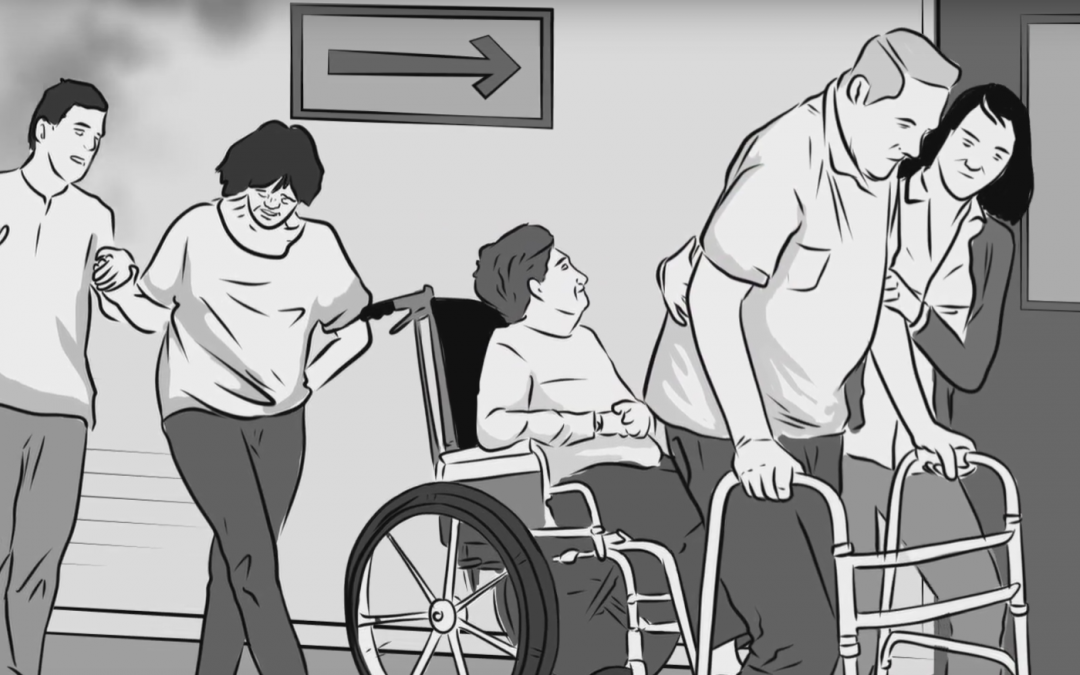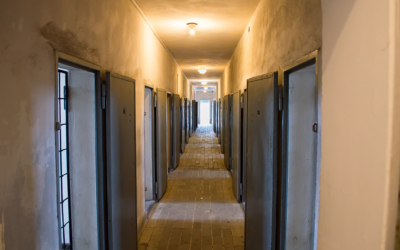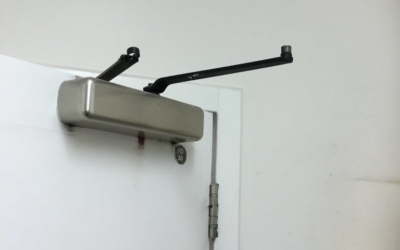Evacuating a care home has its own unique challenges. Elderly residents could be bedbound, suffering from dementia, hard of hearing, or unable to move without assistance. Added to this is the distress that a loud fire alarm can cause to vulnerable residents. Plans must be in place to ensure no occupant is trapped in the case of a fire, and staff need to be well trained.
A loud and startling fire alarm could cause physical or mental distress for frailer residents, particularly if they need to wait for help from a member of staff. Even if the noise does not cause panic, different alarms sound frequently in care homes, so it may be difficult to work out exactly what the alarm is for.
“When you work in a care home alarms can be quite confusing for residents, as they might not know what the alarm means — whether it’s a smoke alarm from burnt toast, or an alarm to call for assistance,” says Barbara James, a care home manager specialising in providing care for dementia patients. “This means when a fire alarm goes off, we need to work out the best way to let our elderly residents know without causing upset.”
In Europe, a silent evacuation system is often used. In this scenario, when an alarm is activated, staff are alerted with a pre-alarm notification system — either warning lights, or a messaging system that goes directly to phones. Staff then have three to five minutes to check the building for fire. If it is a false alarm, the alarm is reset and no one is disturbed. If a fire is found, an evacuation button is pressed and staff can move occupants to safety if required, or lead a full evacuation. As no loud alarm is necessary, it minimises upset and panic.
One of the benefits of a silent evacuation, is the reduction in false alarms. As residents are not initially aware of an alarm, staff can quickly assess whether or not there is a fire without residents being disturbed.
With the different challenges involved in care home fire safety, a full evacuation is not always possible. In these circumstances it is vital that the fire is contained where possible. The European Confederation of Fire Protection Associations states in its guidelines for fire safety in care homes for the elderly: “If the resident or patient is not able to exit the apartment or treatment room quickly enough and that rescue by others in time is not possible, conditions must be prevented from becoming life-threatening by fitting a system to contain the spread of fire.” Fire doors are extremely valuable here.
.
Nothing is more important in a care home than the safety and well-being of its residents. Silent evacuation is a highly effective way of keeping occupants safe and calm in the event of a fire.
You might also like
How do fire doors affect the lives of care home residents?
Older people are often more vulnerable when it comes to accidents and emergencies which places huge importance on fire safety in care homes. Fire doors are essential for fire safety, but in the daily lives of care home residents, they can be problematic.
Why sheltered housing residents are damaging fire door closers
Sheltered housing residents sometimes damage or disable fire door closers to make them easier to open. This is unsafe and against fire regulations. What is the solution?
Fire safety in care homes
There are many challenges to managing fire safety in a care home. Our Fireco guide offers advice to simplify safety and easily stay compliant with fire regulations.






Trackbacks/Pingbacks